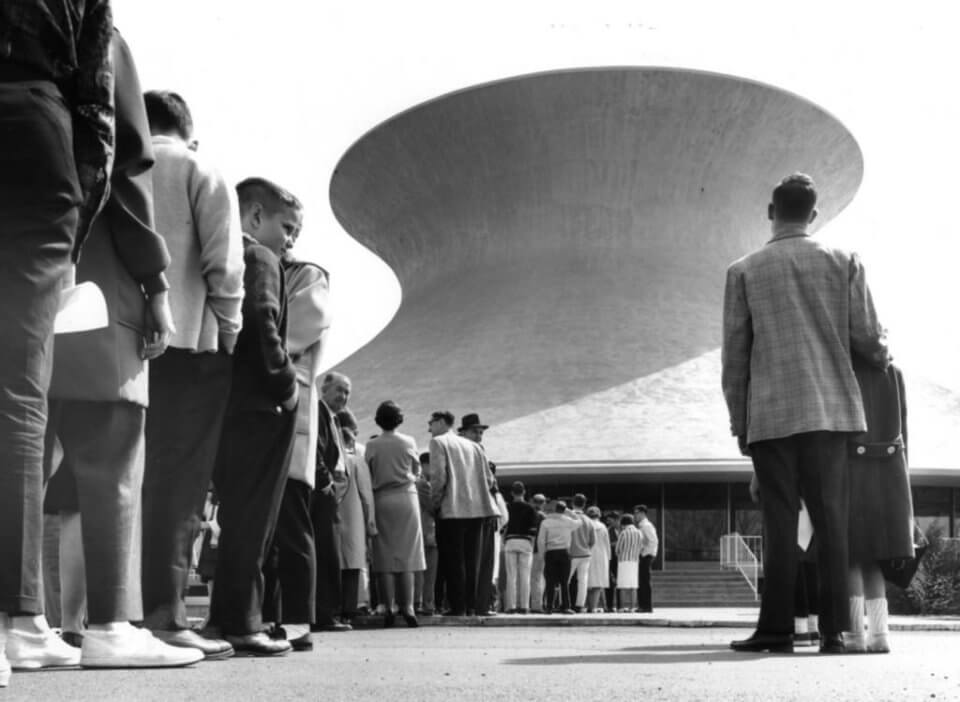First quarter moon occurred today at 1:59 am. You will find the Moon high in the south tonight after sunset. Sunset occurs at 7:43 am. Tomorrow night into the next morning, the Lyrid Meteor Shower peaks. The Lyrid radiant rises in the east around 9:30 pm. The best views occur after midnight.
Astronomy Fact of the Day: April 19, 2021
In 1971 on this date, Salyut I, the first manned space station, was launched by the Soviet Union. It included several military and non-military experiments, was visited by cosmonauts from two Soyuz flights, and finally burned up on reentry on October 11.
Astronomy Fact of the Day: April 18, 2021
The constellation Leo will be found over head tonight at 9 pm. The asteroid Vesta is currently moving through the constellation near the bright star Theta Leonis.
Astronomy Fact of the Day: April 17, 2021
On this date in 1970, the beleaguered Apollo 13 command module Odyssey safely splashed down in the Pacific Ocean, bringing the three-man crew home safely.
Astronomy Fact of the Day: April 16, 2021
Tonight you will see the Moon west of the planet Mars. You can find the pair tonight in the west by 8: 15 pm. If you look for them again tomorrow night, the Moon will be found east of Mars.
Happy 58th Birthday, McDonnell Planetarium!
The James S. McDonnell Planetarium marks its 58th birthday on April 16! When the Planetarium opened in 1963, the U.S. was in the midst of the space race, and there was a great deal of interest in learning about astronomy and the possibilities of space travel. It was named for the American aviation pioneer James… Continue reading
Astronomy Fact of the Day: April 15, 2021
In 2003 on this date, Scaled Composite’s launching aircraft White Knight, carrying their spacecraft SpaceShip One, flew twice. Pilots William Binnie and Mike Melville practiced airshow maneuvers and made adjustments to upcoming planned demonstration flights.
Gyroscope – Japan, ca. 1942
This is a gyroscope for the Japanese Type 93 torpedo, which provided stability and held the torpedo on target. It was kept spinning at thousands of revolutions per minute by the steam used to propel the torpedo, allowing it to maintain direction and stability after launch. The gyroscope had to be durable and precise to… Continue reading
Astronomy Fact of the Day: April 14, 2021
Tonight you will find a waxing crescent moon in the west after sunset. If you have a telescope, look along the terminator for the impact crater named Petavius. On the crater floor you should see a linear feature that appears to run from the central mountain peak to the crater wall. This feature is part… Continue reading
Planting vegetables and flowers from seed
Happy Spring! Let’s take a look at how we get our vegetable and flower plants started from seed with Maddie from our GROW Gallery! Connect with curiosity!








